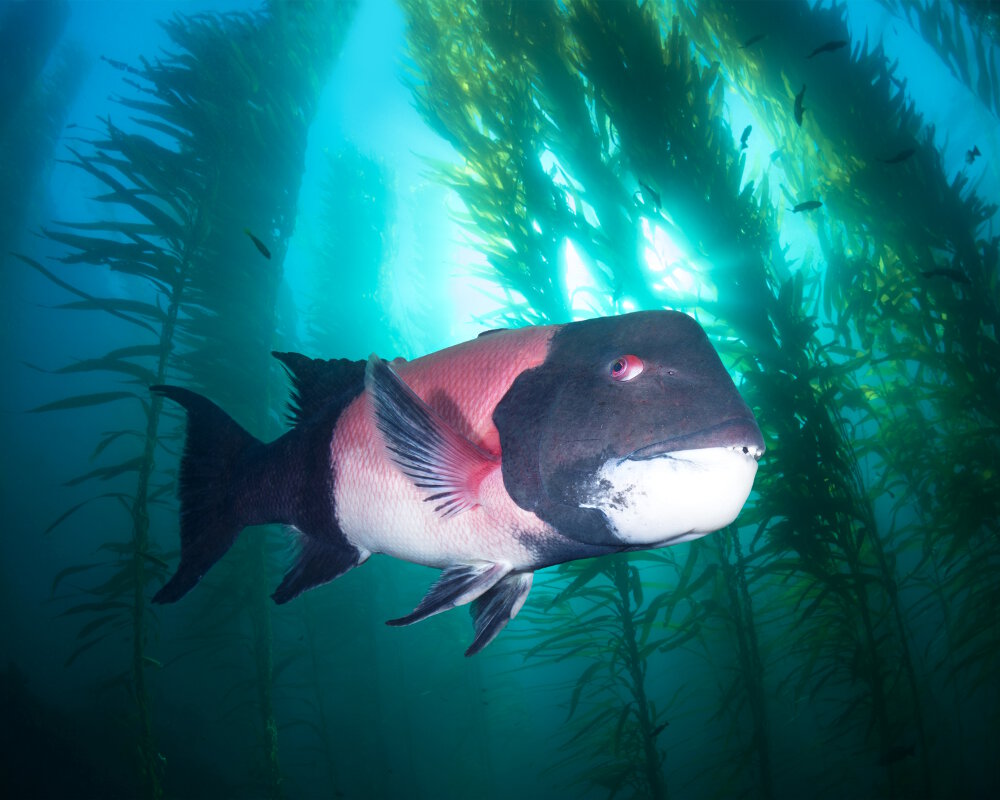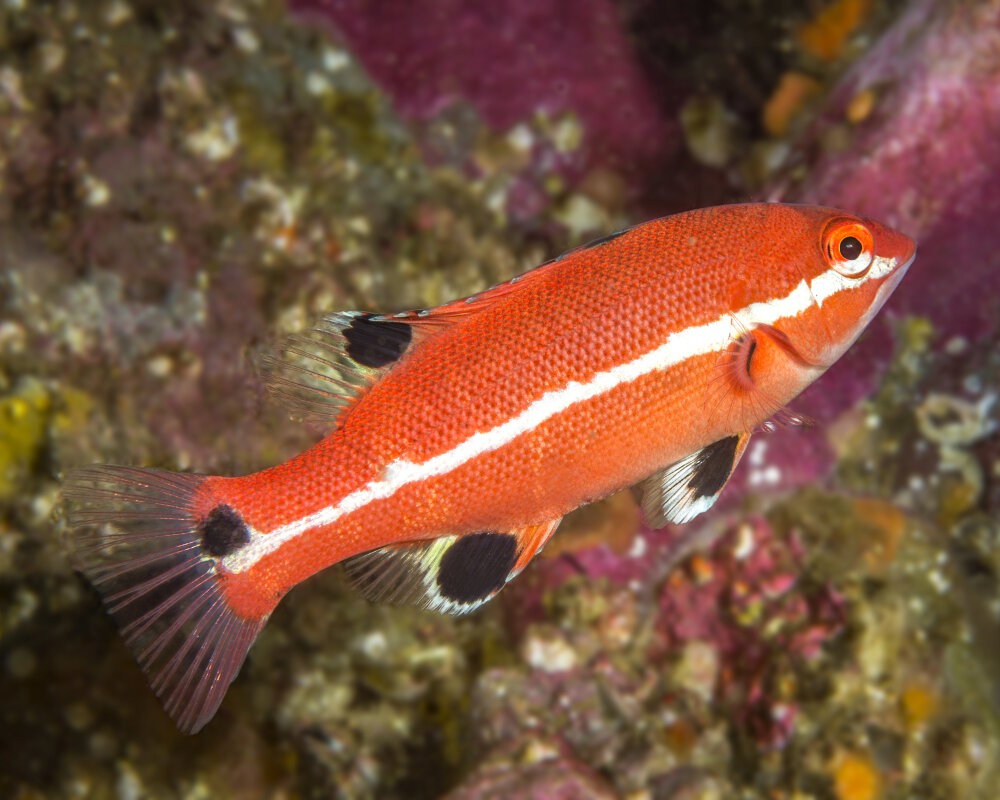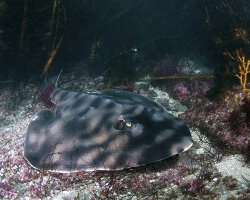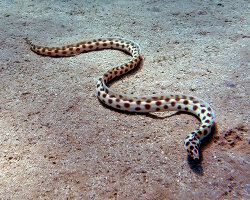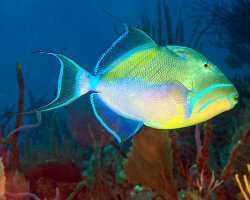Sealife guideThe California sheepheadBodianus pulcher
Last updated on 09/30/2025 at 11:08 PM
Taxonomy
- Common name: California sheephead
- French name: Labre californien
- Spanish name: Vieja californiana
- Scientific name: Bodianus pulcher formerly Semicossyphus pulcher (Ayres, 1854)
- Family name: Labridae
- Order name: Perciformes
- Class name: Actinopterygii
Description
Easy to identify thanks to its contrasting colors and distinctive appearance, the California sheephead nevertheless displays very varied color patterns depending on age or sex. Adult males and females differ so much that they were long thought to be separate species. Females have a uniform dull pink coloration, often with a white belly, while males are larger and show a characteristic pattern: black head and tail framing a reddish back and whitish belly, with a white chin, often red eyes and a prominent forehead bump. Both sexes share a distinctive feature: strong jaws with powerful front teeth, ideal for crushing the shells of their prey.
Juvenile California sheepheads, on the other hand, display a bright red-orange coloration, very different from adults, with a longitudinal white stripe along the flanks and large black spots on the dorsal, pelvic and anal fins, as well as at the base of the tail.
The California sheephead is a medium-sized fish, reaching up to 3 feet in length and weighing up to 35 lb.
Geographic range
The California sheephead is found in the eastern Pacific ocean, along the coasts of California, Baja California and Mexico.
Habitat
The California sheephead primarily inhabits kelp forests and rocky reefs. These environments provide both shelter and abundant food.
Diet
The California sheephead's diet consists of sea urchins such as the
red sea urchin, crabs,
mollusks and other hard-shelled invertebrates. By regulating sea urchin populations, it indirectly helps protect kelp forests, which might otherwise be devastated by overgrazing.
Reproduction
The California sheephead is also remarkable for its ability to change sex. All individuals are born female, but depending on their growth and the needs of the group, some transform into males. This phenomenon, called sequential hermaphroditism, helps maintain a dynamic balance within the population.
Within the same genus

Axilspot hogfish
(Bodianus axillaris)

Blackbelt hogfish
(Bodianus mesothorax)
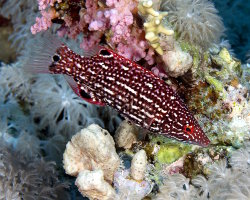
Diana's hogfish
(Bodianus diana)
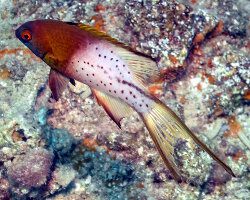
Lyretail hogfish
(Bodianus anthioides)
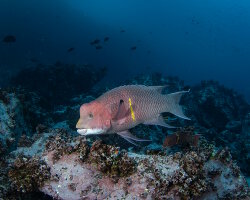
Mexican hogfish
(Bodianus diplotaenia)
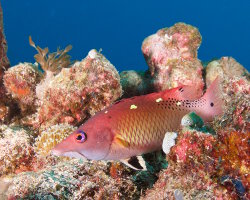
Pacific Diana's pigfish
(Bodianus dictynna)
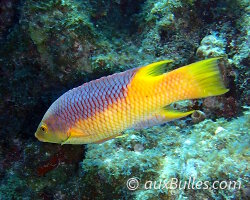
Spanish hogfish
(Bodianus rufus)
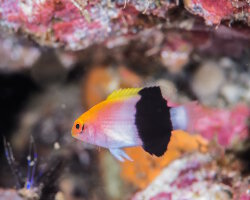
Tarry hogfish
(Bodianus bilunulatus)
Within the same family
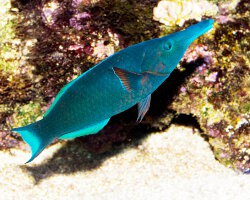
Bird mouth wrasse
(Gomphosus varius)

Bluelined wrasse
(Stethojulis albovittata)

Bluescaled wrasse
(Cirrhilabrus cyanopleura)

Canary wrasse
(Halichoeres chrysus)
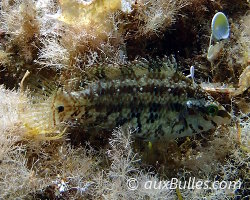
Five-spotted wrasse
(Symphodus roissali)

Floral wrasse
(Cheilinus chlorourus)

Six line wrasse
(Pseudocheilinus hexataenia)

Sixbar wrasse
(Thalassoma hardwicke)
Discover also
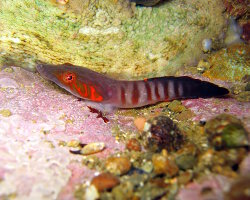
Connemara clingfish
(Lepadogaster candolii)
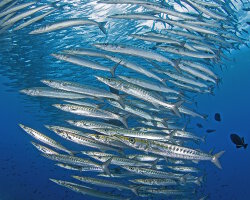
Mexican barracuda
(Sphyraena ensis)
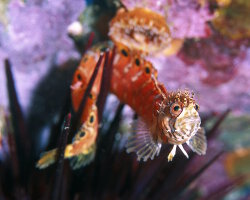
Mosshead warbonnet
(Chirolophis nugator)
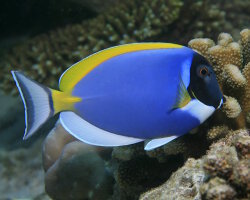
Powder blue tang
(Acanthurus leucosternon)
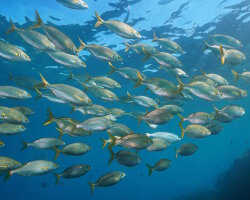
Salema
(Sarpa salpa)

Shadowfin soldierfish
(Myripristis adusta)
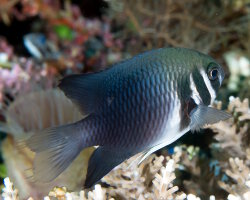
Western barhead damselfish
(Neoglyphidodon thoracotaeniatus)
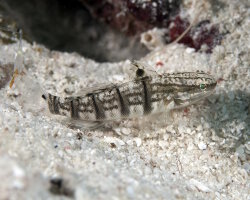
Whitebarred goby
(Amblygobius phalaena)
The marine species from eastern Pacific ocean
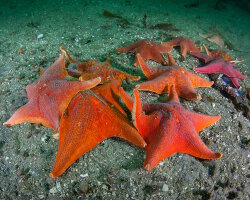
Bat sea star
(Patiria miniata)
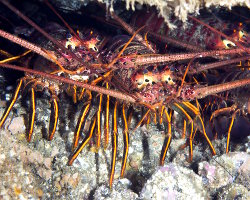
California spiny lobster
(Panulirus interruptus)
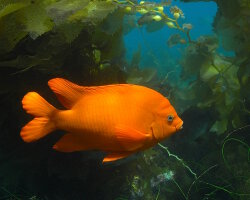
Garibaldi
(Hypsypops rubicundus)
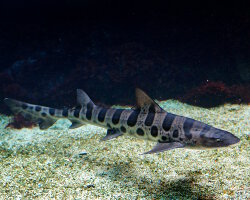
Leopard shark
(Triakis semifasciata)

Mexican hogfish
(Bodianus diplotaenia)

Mosshead warbonnet
(Chirolophis nugator)
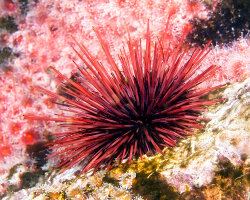
Red sea urchin
(Mesocentrotus franciscanus)








